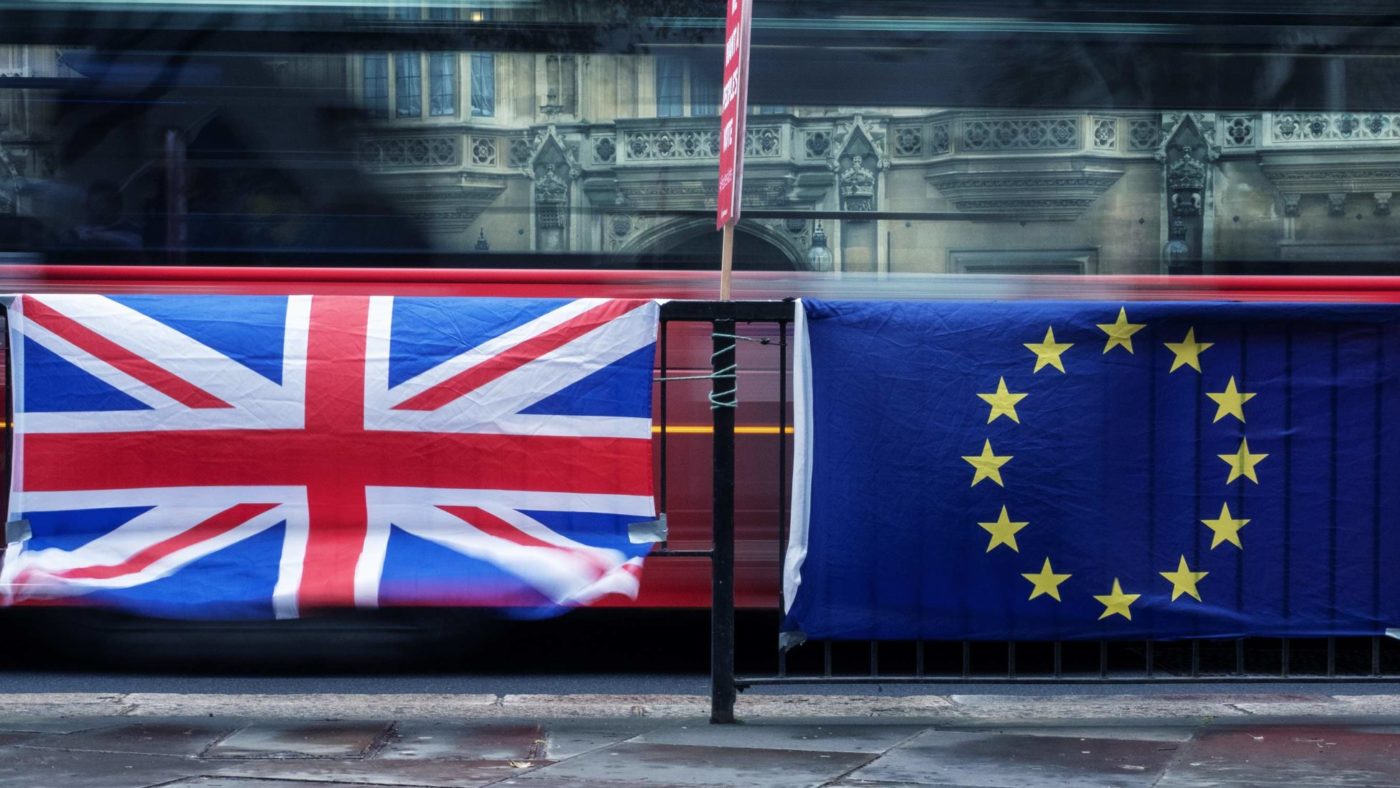The IMF is the latest official body to predict economic catastrophe – or at least a prolonged recession – if the UK leaves the EU without a Withdrawal Agreement and is simply treated like any other third country (‘no deal’). To be fair, the analysis presented in the IMF’s April World Economic Outlook is a reasonable piece of work and a relatively good example of its kind. Nonetheless, the conclusions are still far too pessimistic.
In short, economists at the IMF have modelled two no-deal scenarios, A and B, with B assuming significant disruption at borders and a severe tightening in financial conditions. In the worst case, the level of GDP is around 3.5 per cent lower than otherwise within a couple of years. Given the anaemic growth rates in the baseline, this implies full-year recessions in both 2019 and 2020.
Of course, like any such study, the results depend on the assumptions made. Some of the IMF’s assumptions are actually relatively benign. But most of the damage comes from an implausibly large increase in the cost of non-tariff barriers (NTBs): a whopping 14 per cent for additional NTBs in both scenarios, on top of the 10 per cent already assumed in the IMF’s baseline (where the UK quits the single market and customs union but secures a comprehensive free trade agreement).
Such large numbers are hard to square with the experience of real businesses trading with the rest of the world, let alone with most academic surveys. This is partly because the IMF assumes both that EU membership has delivered big reductions in the costs of NTBs, and, at least as importantly, that all these benefits would soon be lost simply by the act of leaving, even though UK and EU regulations would initially be identical. That’s worst-worst case stuff.
Some other assumptions are perhaps more credible, but still challengeable. For example, the IMF assumes that i) the UK’s planned unilateral tariff cuts in a no-deal scenario only last a year, ii) it takes two years to replicate the existing EU trade deals with third countries, and iii) no new trade deals (e.g. with the US) are done over the forecast horizon.
In its long-run analysis, the IMF also assumes a further hit to GDP from a reduction in net migration to the UK. That’s not unreasonable either, but would depend on policy choices still to be made by the UK government, or a future one. It has always struck me as odd that opposition politicians cite this as a negative of Brexit, when presumably they would do things differently. And to the extent that the UK economy is smaller than otherwise simply because there are fewer people, per capita GDP may not be affected at all.
Finally, in common with almost all these studies, including the Whitehall analysis, the IMF assumes that ‘no deal’ is permanent. However, leaving on WTO terms could actually be an opportunity to reboot talks with a new UK negotiating team, resulting in a better deal a little further down the line (‘no deal for now’). That may look like a forlorn hope today, and would certainly require a lot of work to patch up relations. But taking this option off the table completely would surely undermine the UK’s bargaining position even further.
The IMF’s numbers are at least more credible than those initially published by the Bank of England in November last year. The Bank also assessed two no-deal scenarios, with GDP projected to be as much as 7¾ per cent lower by end-2023, relative to the November 2018 Inflation Report projection, and up to 10½% lower than the May 2016 trend.
However, in the words of the Bank itself, “this analysis includes scenarios not forecasts”. Bank economists deliberately chose extreme assumptions to produce worst-case numbers, mainly for the purpose of stress testing the banking system. These numbers should never have been interpreted as the Bank’s view of what is actually likely to happen. Indeed, the assumptions and results were reminiscent of the ‘severe shock’ scenario in the 2016 Treasury assessment of the immediate impact of a vote to leave the EU. This warned that GDP would already be 6 per cent lower, and that unemployment would surge, which we can surely now all agree was overblown.
In reality, both the UK and EU have now prepared contingency plans which would significantly reduce the negative economic impacts of no deal. (Civil servants have received a lot of stick recently, but deserve plenty of credit here.) We also know that there has been extensive precautionary stockpiling by manufacturers and retailers. Even the Bank of England’s own latest survey of UK companies’ preparations suggested that around 80 per cent of companies “judged themselves ready for a no-deal, no-transition Brexit scenario”. That may not do much in the long run, but would help tide the economy over a ‘no deal for now’ exit.
What’s more, the Bank itself has already rowed back on its earlier estimates of the impact on GDP. Mark Carney has not backed down on his warnings that the risks of no deal are “alarmingly high”. But he has said that there is no need to worry about the impact on the financial sector, which, by happy coincidence, is his main area of responsibility.
For sure, leaving without a deal would be a significant economic shock. Nonetheless, there are good reasons to believe the impact would be limited and short-lived. The German Ifo institute has suggested that a ‘hard-but-smart Brexit’ could reduce the total cost to as little as 0.5 per cent of GDP. That might be too optimistic, but even a hit of 1 per cent spread over a year or two would be far from the disaster that ‘no deal’ Project Fear is predicting.


